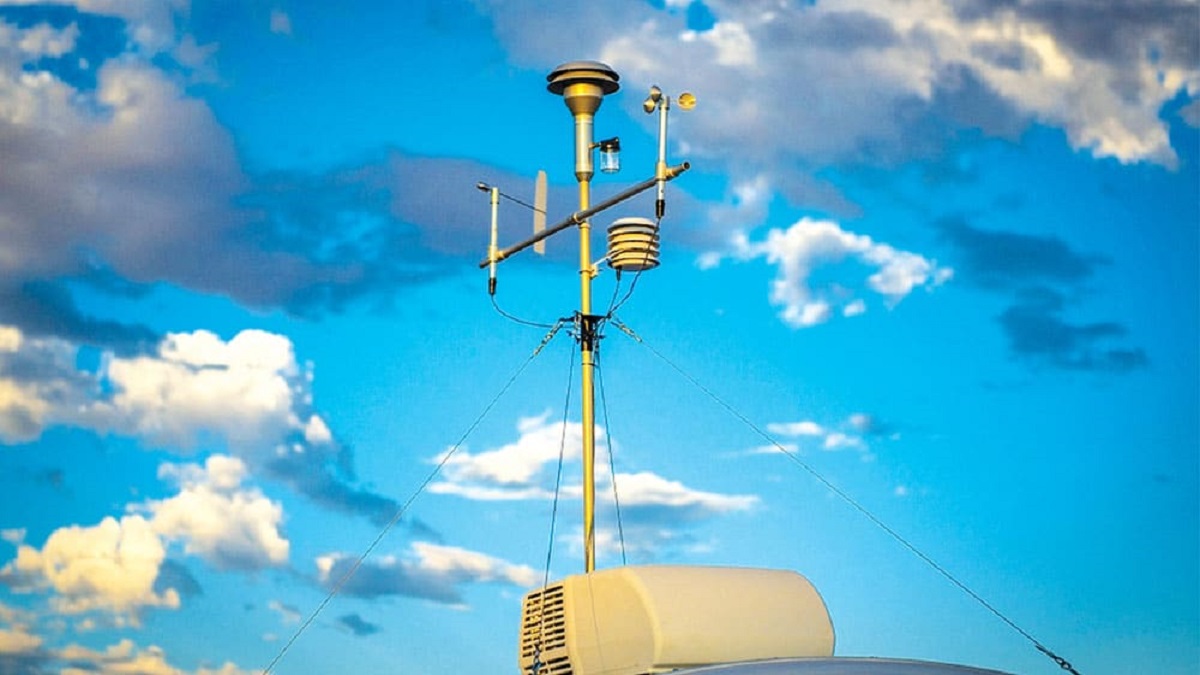National University of Science and Technology (NUST) has become the first institute to have an access to Geostationary Environment Monitoring Spectrum (GEMS) satellite, which is used by National Aeronautics and Space Administration (NASA) to monitor the air quality in actual time.
NUST holds the honour of becoming the first institute in entire region that became a part of NASA’s orbit based GEMS satellite. It was stated by Head of Department (HOD) of the Institute of Environmental Sciences and Engineering (IESE), Dr Muhammad Fahim Khokhar that NUST became the first institute in the region that got the access to Geostationary orbit based satellite after it got the equipment for recording, compiling and evaluating live air quality. He further added by saying, “ Air quality has become a global issue with its impact on the society, economy, industry, diplomacy, public health and natural resources in addition to environmental science.”
He also said that rapid industrialisation and increase in population in Asia is the major source region of global scale emission. “Thus it is crucial to monitor the concentration of relevant gases and aerosols over Asia in high temporal and spatial resolution from Geostationary orbit satellite.”
Read More: First-ever Pak-Japan Centre inaugurated at NUST
It is to be mentioned that GEMS is one of the three artificial satellites that led the scientists to look into air quality over large parts of Northern hemisphere.
GEMS stays in a fixed orbit over the equator from where it monitors the atmospheric gases over the Asia every hour and enables the scientists to track the air pollution from space with the help of this satellite.
It is noteworthy that Air quality effects the health of people as the public health experts report that 9 out of 10 people breath in polluted air that intoxicate a person the similar way when someone inhales toxin.
Air quality is low mostly in low income, middle income and under developed countries. It is unfortunate to state that Pakistan is among the countries with worst Air quality index.



























